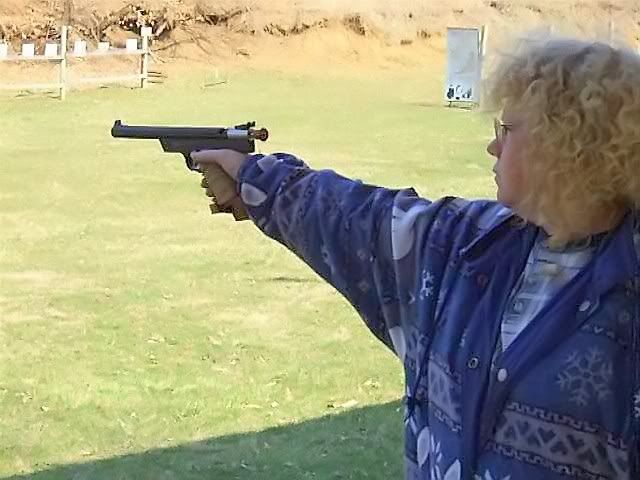Hey all,
I'm a new owner of a Sig Sauer P250 9MM. This is my first handgun, and I must say I love the gun. I've fired about 100 rounds through it, and it's been very reliable thus far.
However, I do have one issue and I'm wondering if it's more likely me than the gun. The first 30 rounds I could fire a group about 6 inches tight, with a couple stragglers, at 30 feet. I'm anal and decided to break the gun down and clean it. I went out again and now my group is just as tight (if 6 inches can be considered tight ) but it's very low and to the right. This happened with the last 70 rounds I fired. I plan on going out again tomorrow to see how things go. I'm just wondering if this is most likely an issue with me and my lack of skills, or if it could be an issue with the sights, or even barrel alignment? What are your thoughts?
) but it's very low and to the right. This happened with the last 70 rounds I fired. I plan on going out again tomorrow to see how things go. I'm just wondering if this is most likely an issue with me and my lack of skills, or if it could be an issue with the sights, or even barrel alignment? What are your thoughts?
Thanks!
I'm a new owner of a Sig Sauer P250 9MM. This is my first handgun, and I must say I love the gun. I've fired about 100 rounds through it, and it's been very reliable thus far.
However, I do have one issue and I'm wondering if it's more likely me than the gun. The first 30 rounds I could fire a group about 6 inches tight, with a couple stragglers, at 30 feet. I'm anal and decided to break the gun down and clean it. I went out again and now my group is just as tight (if 6 inches can be considered tight
Thanks!


